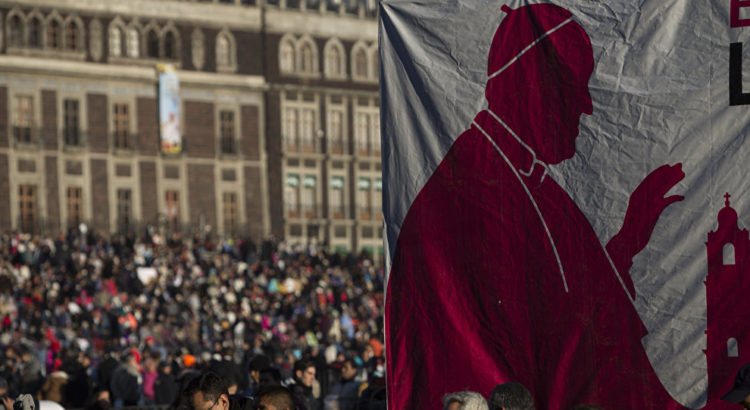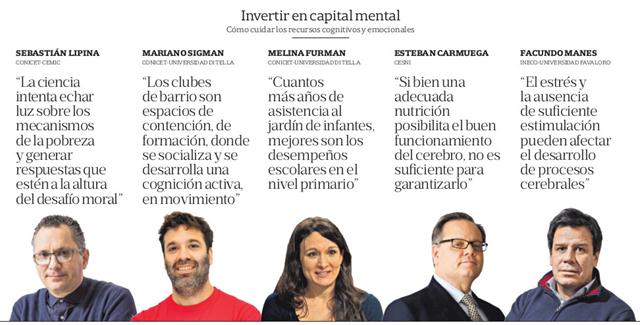África/ Julio de 2016/La Capital
En el mundo son más de 260 millones los niños, niñas y jóvenes que todavía permanecen fuera de la escuela.
En el mundo más de 260 millones de niños, niñas y jóvenes están aún fuera de la escuela. Las nenas son las que corren con mayor desventaja. Desde la Unesco instan a los gobiernos a garantizar políticas inclusivas para alcanzar la meta mundial de llegar a 2030 con todos los chicos aprendiendo en las aulas.
Unos 263 millones de niños y jóvenes, cifra equivalente a la cuarta parte de la población de Europa, no están escolarizados, según nuevos datos del Instituto de Estadística de la Unesco. La cifra total incluye 61 millones de niños en edad de cursar la educación primaria (6-11 años), 60 millones en edad de cursar el primer ciclo de secundaria (12-14 años) y, por primera vez, la estimación de los jóvenes en edad de cursar el segundo ciclo de educación secundaria (15-17 años), que ascienden a 142 millones.
Estos datos se presentan en un nuevo documento publicado conjuntamente por el Instituto de Estadística de la Unesco y el Informe de Seguimiento de la Educación en el Mundo. «Los países han prometido que, para 2030, todos los niños podrán cursar la educación primaria y secundaria. Estos nuevos datos muestran la ardua labor que tenemos por delante para alcanzar este objetivo», afirmó la directora general de la Unesco, Irina Bokova, quien agregó: «Debemos centrarnos en la inclusión desde la edad más temprana y durante el ciclo completo de aprendizaje, en las políticas destinadas a eliminar las barreras en cada etapa, prestando especial atención a las niñas, que siguen encontrándose en una situación de mayor desventaja».
La región más excluida
De todas las regiones del mundo, el Africa Subsahariana es la que tiene los índices más altos de exclusión. Más de una quinta parte de los niños de edades comprendidas entre los 6 y los 11 años no están escolarizados, seguidos por una tercera parte de los jóvenes de entre 12 y 14 años. De acuerdo con los datos del Instituto de Estadísticas de la Unesco, casi el 60% de los jóvenes de entre 15 y 17 años no asiste a la escuela. Un obstáculo importante para alcanzar la meta son las disparidades que siguen existiendo en lo que respecta a la participación en la educación y que tienen que ver con el sexo, la ubicación y los recursos económicos.
Los conflictos armados constituyen otra importante barrera a la educación. En todo el mundo, el 35% del total de los niños no escolarizados en edad de cursar la educación primaria (22 millones), el 25% de los adolescentes en edad de cursar el primer ciclo de secundaria (15 millones) y el 18% de los jóvenes sin escolarizar en edad de cursar el segundo ciclo de secundaria (26 millones) viven en zonas afectadas por conflictos.
En general, los jóvenes de más edad (15-17 años) tienen cuatro veces más probabilidades de no estar escolarizados que los niños de edades comprendidas entre los 6 y los 11 años. Esto se debe en parte a que la educación primaria y el primer ciclo de la educación secundaria son obligatorios en casi todos los países, mientras que el segundo ciclo de secundaria no lo es. Al mismo tiempo, esos jóvenes suelen tener la edad legal para trabajar. Muchos de ellos no disponen de más opción, mientras que otros intentan combinar la asistencia a la escuela con el empleo.
Diferencias de género
Las niñas tienen más probabilidades que los niños de no asistir nunca a la escuela, pese a todos los esfuerzos realizados y los avances logrados en las dos últimas décadas. De acuerdo con los datos aportados por Unesco, 15 millones de niñas en edad de cursar la educación primaria no tendrán nunca la oportunidad de aprender a leer ni a escribir en la escuela primaria, en comparación con 10 millones de niños. Más de la mitad de esas niñas (9 millones) vive en el Africa Subsahariana.
La pobreza constituye un obstáculo adicional para las niñas. De acuerdo con los análisis que figuran en el Informe de Seguimiento, en Africa Septentrional y Asia Occidental, las diferencias son aún mayores entre la población más pobre de la región: solo 85 niñas por cada 100 niños en edad de cursar el primer ciclo de educación secundaria asisten a la escuela. Entre los que tienen edad de cursar el segundo ciclo de secundaria, solo 77 de las niñas más pobres por cada 100 de los niños más pobres asisten a la escuela.
Fuente: http://www.lacapital.com.ar/el-drama-los-chicos-excluidos-la-educacion-n1195536




















 Users Today : 14
Users Today : 14 Total Users : 35460367
Total Users : 35460367 Views Today : 20
Views Today : 20 Total views : 3419120
Total views : 3419120